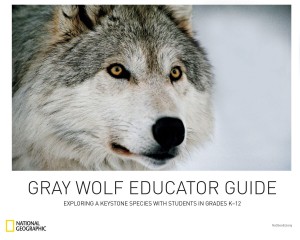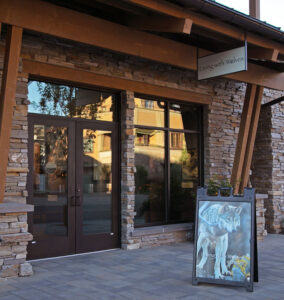Living with Wolves developed a unique and engaging Gray Wolf Educator Guide with National Geographic, to help teachers bring the excitement of the high-interest topic of wolves into the classroom.
We want to deliver this guide directly into the hands of teachers at 5,800 K-12 schools in 5 western states.
But, we need your help.
We’ve launched an Indiegogo campaign to send a copy of this Educator Guide to every school in Idaho, Montana, Washington, Oregon and Wyoming – states where wolves currently live and are greatly misunderstood.
Let’s introduce thousands of children in classrooms across the western U.S. to the world of the gray wolf and the wilderness in which they live!
Check out our Indiegogo Campaign!
We ask for your help to make this campaign a success. Every little bit helps. Even a donation of just $10, will help us reach our target goal of $5,800!
Each donation comes with a unique gift from Living with Wolves. Check out the perks – there’s everything from a limited-edition “For Wolves and Wilderness” key chain to a one-of-a-kind poster of Wahots of the Sawtooth pack!
Please check out our campaign, and please share it with someone you think might be interested in bringing wolf curricula to schools across the West!
More about the Gray Wolf Educator Guide:
The purpose of this guide is to provide educators of students from kindergarten to high school with activities that will enrich students’ understanding about the gray wolf of North America. The activities are intended to dispel common myths and prejudices that are held about these animals and to encourage youth to get involved in conservation efforts.


